- First, could you give us an overview of your upcoming title, RESIDENT EVIL 7 biohazard? Why did this game receive a subtitle?
- When I thought about what we could do for the series’ big 20th anniversary milestone, the first thing that came to mind was feedback from fans that “the original Resident Evil was scarier.” In order to convey that we were building upon that Resident Evil foundation, we added the Japanese title—Biohazard—as a subtitle for the overseas release, and conversely, the overseas title—Resident Evil—as a subtitle for the Japanese release.
- Why would people say the older titles were scarier? The more recent installments seem to offer a complete horror package.
- I think it’s because your first experience with something leaves a truly vivid impression. The first Resident Evil was a pivotal title that popularized the concept of survival horror for gaming. While building RESIDENT EVIL 7, our team focused on how to make the series feel fresh while maintaining its core elements like how to shock and surprise users as much as the first game did.
- The last installment was set in various countries. Where is this one set?
- This time the game’s set on a plantation in Louisiana. I visited the actual locale to scope things out. When I visited one house there, I saw this shotgun just propped up against the wall by the entrance. With the combination of many old buildings and sprawling cornfields, the atmosphere was astounding at night.
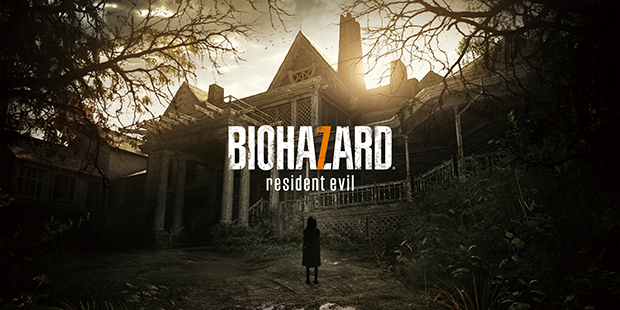
- Tell us about the protagonist this time.
- The protagonist is an ordinary person, and is brand-new to the series. The story leads him, unfortunately, to enter this house on the plantation, where he gets caught up in a terrifying experience.
- Does it have zombies?
- Resident Evil certainly started the whole zombie craze for games; but when we set out to create a horror game and thought about what current-generation hardware is capable of, and what is actually scary, we decided to focus on people. Zombies are, of course, scary—but that alone isn’t enough to carry even a two-hour movie. Beyond the first hour or so, many movies start to focus more on the human ego and the darkness in our own hearts.
- So, it’s people that are the real monsters?
- Exactly. True terror is the madness that can exist inside one’s mind. The one person you thought you knew and could rely on starts to change. While it’s fun to casually shoot and take out zombies, I want players to hesitate before firing their gun and ask, “Is it OK for me to shoot?” There’s a lot of terror packed into that moment. And by halting there, suddenly you’ve got a whole mess of a situation in front of you. Thanks to current-generation hardware, we can create these situations, which is a lot of fun for us developers.
- This title supports VR.
-
Yes. You can of course fully enjoy the game without PlayStation®VR, but VR does give you a much more immersive feeling of being inside the game world.
People who have played it in VR for the first time usually didn’t jump into gameplay right away; they looked around, or sat down to examine the texture of the ground; they seemed to be very interested in the game world, which they were experiencing for the first time in that way. In addition to the VR support, Capcom used a new development engine dubbed the RE ENGINE for the first time.
- Tell us about RE ENGINE.
- RE ENGINE is our proprietary engine and utilizes an asset-based development approach that has been predominant for several years in North America. Under a conventional game development approach, programs used to manage all of the information in a game; however, since information is packed into things such as backgrounds and characters, asset-based development is more effective because it lets you manage or make detailed modifications at the asset level. Our RE ENGINE includes everything that we need to develop games for next-generation consoles and is also optimized for VR game development.
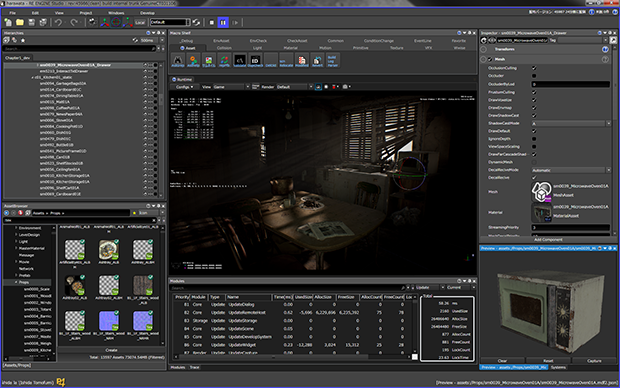
- So, as you say, it’s efficient. Can you give us a specific example of what the engine is useful for?
- For one thing, it is useful for enabling VR. In a VR game, the screen must be refreshed at a speed of at least 60 frames per second to prevent the player from getting motion sickness. And maintaining the processing necessary for 60 frames per second requires sophisticated control over the level of quality in the game. With a conventional engine, programmers identify and modify each problem while considering the effect overall. This is quite a burdensome task. Asset-based control, on the other hand, enables us to control the quality by substituting objects that impose high loads with objects that impose lighter loads. The ability exert control on an individual object-basis is a great advantage.
- How did you structure development or organize the team?
- The development structure of RESIDENT EVIL 7 depended deeply on RE ENGINE. Although we call it an engine, in reality it’s more than a tool; it’s something that supports our entire development environment. It’s a big system that dictates how we make and think about each part of development. So when dividing the development team into groups, we didn’t use traditional groupings based on roles such as design, sound and programming; rather, we divided the team according to the scenes in the game, and these groups swiftly adapted in accordance to how development progressed.
- Interesting.
- Everything was new to us in this installment, from the engine to the VR. The entire development has been a process of trial and error since the beginning of the project, in 2014. However, with RE ENGINE, the development struck fewer problems in the design stage thanks to Mr. Ishida, a development expert at Capcom. As a result, we succeeded in building a structure that fits Capcom’s approach, such as our 3D scanning system. It is essential to create an environment in which creators can actually make the things that they have in mind. The potential to try anything interesting is one of the reasons why we have such low employee turnover at Capcom.
- From our discussion, I get the impression that the way games are made is changing.
- I think so. In particular, graphics have changed a lot. It’s like movies, these days. In fact, most of the characters in this installment were not designed. Working from a list of models, we used auditions to select those who matched the image we had in mind, and then used 3D scanning to make them into characters. In the past, designers went to a great deal of effort to design clothes to make them look real, but today we photograph models wearing actual costumes prepared for their characters.
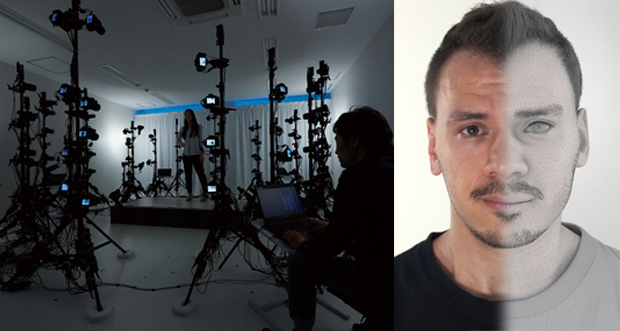
- That’s a surprisingly old-school approach.
- Yes. We even had them do special effects makeup where necessary. The characters are almost created by shooting them as they are in real life. The way we make games is changing drastically. It was a real learning experience for our staff.
- The 3D scanning system appears to be extremely versatile, but did it bring any challenges?
- When we shoot something too big to capture in just one go, it needs to be scanned bit by bit. That was tough. At any rate, today’s games require highly dense resources. Even a simple dresser can have doors that open and drawers that pull out, so you need each of those separate parts.
- Do you need that level of quality to make VR believable?
- Yes. Without it, nobody would feel as if they were there. You know, when you’re moving out of a house, you realize how much stuff you have. It feels just like that. A room that may appear simple is actually comprised of more things than you’d think.
- What was the biggest struggle for you in the development process?
- The toughest challenge was getting used to this new approach to creating the game. We were searching for new methods from scratch, so there were sometimes clashes of ideas during our discussions, and at times, things grew tense. Even so, after a year of development the team finally came to understand my ideas. At that moment I was so moved, I thought I was going to cry.
- It was a moment when everyone clicked.
- On top of this, I was sometimes anxious about whether this game really was scary. For us as developers, “not knowing” is what drives fear most; however, the people who make the game don’t get scared because they know everything that’s in the game. That’s why the great reception for the KITCHEN tech demo at E3 2015 gave me a lot of encouragement. I had thought fear was universal when I was making the title, but the fact that KITCHEN really scared everyone by using a different approach from Resident Evil reassured me that horror goes beyond language; it appeals to a primordial aspect of human beings.
- Conversely, what aspects of developing RESIDENT EVIL 7 did you enjoy?
- After 25 years at Capcom, I feel I’ve finally been able to make a game completely as I wanted to for the first time. What I mean by this is, I always felt pressure to keep a series’ existing values in mind first for my previous projects, because I worried about how to make sure existing fans would like them. This was the first time for me to simply prioritize making exactly what I wanted before these other considerations. It was very refreshing, and I think I was able to genuinely deliver the horror I intended. I am very satisfied with my work on this title.
- And all your labors come to fruition on January 24.
- Yes. RESIDENT EVIL 7 biohazard will be launched on January 24, 2017 in Europe and North America, and on the 26th in Japan.
- Resident Evil is Capcom’s flagship series. We look forward to seeing how this installment is received after launch.
- Yes. Resident Evil titles bring high expectations with them—both internally and in the market. Which is why the company is supporting us while we try something new, and why the market is paying attention to us—they want to know in what direction we’re taking Capcom’s flagship product, and what kind of technology we’re using to do so.
- Would you say today’s Resident Evil is the result of reiterating on the process?
-
Resident Evil owes its size and longevity to the support of the fans. But as a result of the growing fanbase, there has naturally been some fragmentation on what they want, so we strive to respond to each of these segments.
For instance, we have announced a remake of Resident Evil 2. I want to show young game players who haven’t experienced the second game in the series what we can make using current technologies. While RESIDENT EVIL 7 is one new direction, we’d like to expand the world of Resident Evil through other methods as well. - I’m looking forward to it. Would you like to tell us your thoughts on what’s important in developing AAA titles such as Resident Evil?
- While trend forecasting and—more recently—marketing using big data are attracting attention, I personally believe that these are not enough if you want to be on top. If you want to make something monumental, it is important to express your own sensibility: “I want to play this type of game, but why can’t I find any on the market?” A sudden idea of this kind has the potential to stimulate some sort of demand. A well-balanced combination of wild instinct or inspiration, and rational data analysis is ideal.
- What do you think about today’s game market?
- Frankly speaking, I’d love to see more original games. Now that the market for VR is emerging, it’s a good opportunity to create interesting games not only overseas, but also in Japan. I think that companies that can’t keep pace with innovation will have a harder time in the market.
- What should Capcom do next? Tell me about your ambitions.
- Capcom has a big opportunity now, with VR and new consoles coming to the scene while we are working to expand our leading franchises like Resident Evil. Keep an eye on us. We’re ready to build new experiences for users while swiftly navigating market changes.
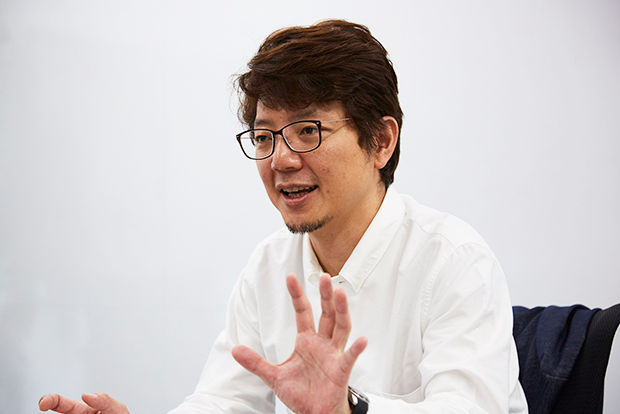







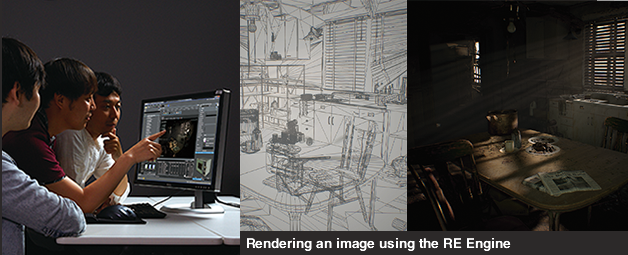
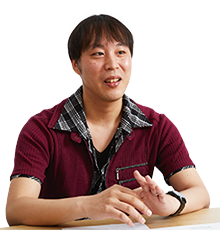


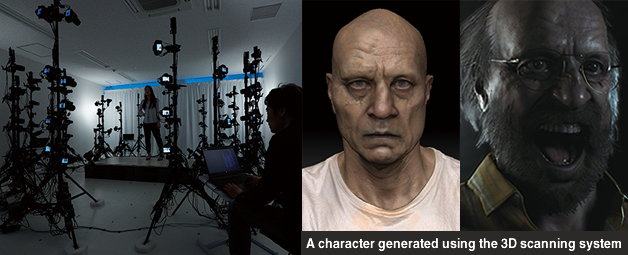
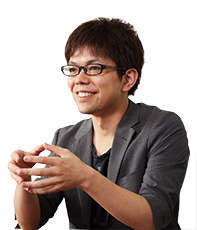



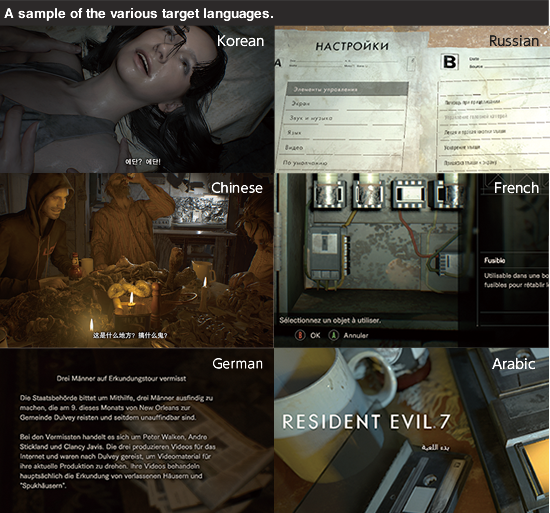







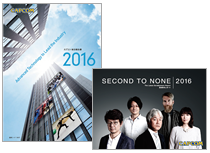







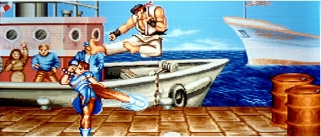
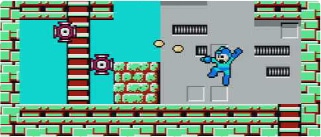

Virtual Reality
Virtual reality (VR) is a technology that gives users the experience of actually being inside a virtual world. RESIDENT EVIL 7 biohazard is fully compatible with PlayStation VR and is Capcom’s first VR title.
Kazuhiro Takahara
Programmer
Technology Section
Joined Capcom in 2007. Involved in the development of Lost Planet 2. After that, responsible for basic game engine development and in charge of VR technical development on this latest title.
I Want to Show Capcom Means Business With VR
Capcom’s first VR demo, KITCHEN, was shown at E3 in 2015. Seeing the terrified reactions of show-goers who experienced the demo displayed the affinity between horror and VR and made me confident that utilizing VR in the Resident Evil series would lead to success.
The global release of VR headsets in 2016 has led to this year being called “VR year one,” and this is truly a time when the game market is evolving. Thus, establishing RESIDENT EVIL 7—VR content only Capcom can create—at the center of this market has become one of our objectives. To this end, it is critical to provide content with a sense of realism never seen before intermingled with the enjoyable game play expected from Capcom—which provides us creators with new challenges daily as we proceed with development.
One of the appeals of VR is the ability to break through the “controller wall.” Until now, players had to use controllers to change the point of view during a game. In other words, players were only able to experience the game through the screen and controller. However, with VR the point of view changes by actually turning one’s head, allowing players to also peer in and around. What if there are some hidden items down there? This fuses realistic experiences with fun. VR even enables us to incorporate ideas that until now were not possible.
When this game is complete, I want everyone to put on a VR headset and try it out. I’m sure then you’ll understand that we mean business.